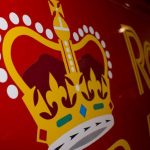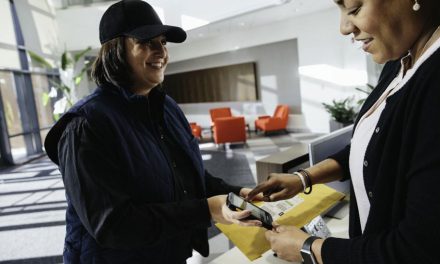
Clearing the way for m-commerce growth
New research from Parcel for Me has found that the volume of retail sales completed by smartphones is outstripping orders placed via tablets and computers for the first time – but the company warned that the growth in m-commerce can also lead to more abandoned purchases. The new study discovered that m-commerce now accounts for roughly two-thirds of all online shopping in the UK.
However, Parcel for Me’s Chief Executive, Luke Davids, added that difficulties in navigating through online checkouts meant mobiles were also responsible for consumers abandoning more purchases than any other technology.
“Even though cart abandonment is a massive headache for retailers, it demonstrates how consumers are themselves being confronted with difficulties when trying to buy online,” said Davids.
“We have spoken to retailers both large and small, all of whom appreciate that abandonment by smartphone is often the result of a couple of very distinct factors and not just because of occasional poor mobile signal or the fact that users can be distracted by any one of the vast number of functions which these devices can perform.
“It appears that consumers are put off by how long it takes to input information on a smartphone, especially at the checkout, because typing on a mobile is time-consuming and can be error-ridden.
“Some retailers’ websites are simply not suited for mobile transactions. That fact, together with problems of form-filling and the aggravation caused by losing connection and having to begin the process all over again, results in consumers taking their business elsewhere.
“These are the principal speed bumps preventing more sales being completed. Given the growing willingness of consumers to use their sophisticated handheld devices to buy online, failing to remove these obstacles and create a frictionless buying experience is potentially a very expensive oversight.”
The Parcel for Me platform, which aims to help simplify the online checkout process and reduce cart abandonment, was launched in February.











